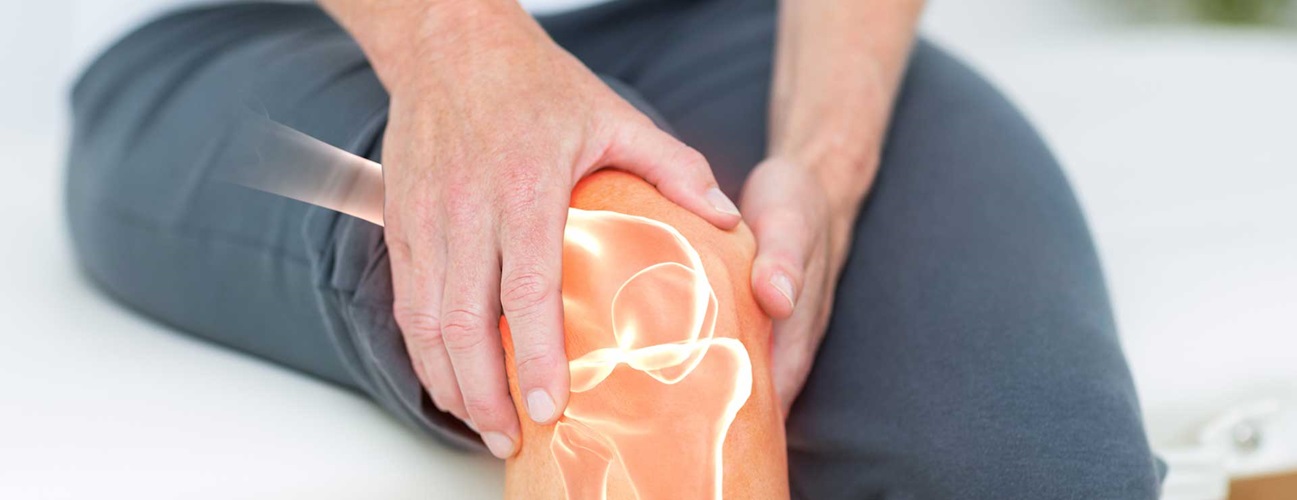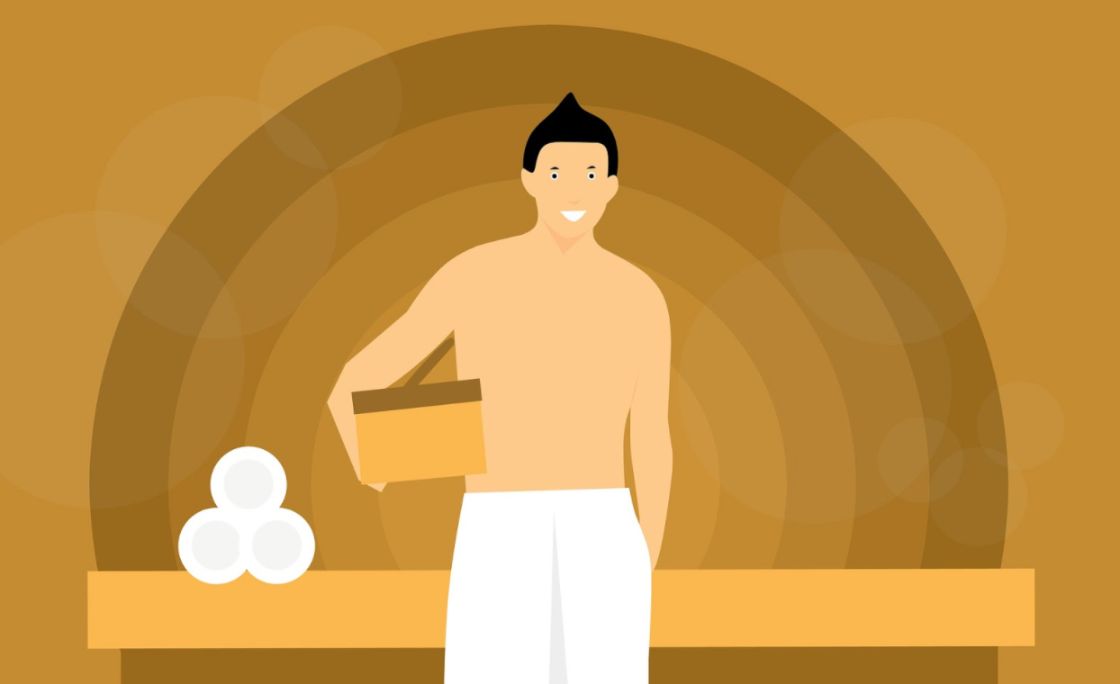Who would have ever thought that PEMF therapy could improve or even alleviate a frustrating problem so many people have? Good news. It can!
It’s important to always treat the source of your knee pain as quickly as possible.
Failure to do so can result in difficulties with walking and functionality.
The pain in your knee can also cause problems with other joints in your body like your back, feet, and hips.
Having knee pain is not a death sentence, however.
This is something that can be healed effectively using PEMF therapy.
What does PEMF therapy do for knee pain?
It stimulates healing, reduces inflammation, and accelerates recovery times.
You will learn more about PEMF therapy and knee pain in this article.
Knee Pain – What Is It?
Knee pain happens more frequently in elderly patients. Joints begin to lose elasticity and flexibility as we age.
Plus, if you are overweight, your knees will have a more difficult time withstanding excess pressure.
Based on the information presented in the above paragraph, knee pain is caused by medical conditions, age, obesity, or injury.
Many times, self-care practices, when performed during the earliest stages of knee pain, can help treat this condition.
Other people, however, have to resort to treatments that are more invasive to lessen their knee pain.
Knee Pain Symptoms
It is imperative to know what signs or symptoms you might have in your knee that could also be contributing to the pain.
Several of these symptoms are outlined in the list below:
- Swelling
- Stiffness
- Instability
- Noise
- A complete loss of the range of motion in your joints
Causes
What causes knee pain?
Several things, actually, including arthritic inflammation, mechanical issues with your joint, or injuries.
Any injury to your tendons, bones, cartilage, bursae, or ligaments can cause knee pain.
One of the most common knee problems is an injury to your ACL, which happens often in athletes.
Kneecap fractures and fractures to other bones surrounding the knee can also result in knee pain.
Everyone’s knee has rubbery cartilage, also known as the meniscus, which absorbs any forces that are exerted by your femur and shinbone.
When the meniscus tears, it can lose its ability to fully absorb shock, thus resulting in problems with the knee.
Knees are a combination of many different bones that need to bend, twist, and move in many different directions which is why our bodies have bursae included.
Bursae are tiny fluid sacs in your joints that allow all of the parts in your knee to move more smoothly and provide cushioning.
When these sacs become irritated, bursitis can occur, causing pain.
Another common knee problem is tendinitis which causes irritation and inflammation in the tendons.
Moreover, mechanical issues can develop due to deterioration of the cartilage, bone, or the connective tissue found in your joints.
One of the leading causes of pain in your knees is attributed to 100 different kinds of arthritis.
These include rheumatoid arthritis, osteoarthritis, septic arthritis, and gout.
It is more likely that overweight individuals will suffer from knee pain or other joint issues.
This extra weight places undue stress on your knees as well as other joints in the lower extremities, causing inflammation and irritation.
Likewise, lack of strength or flexibility can attribute to knee pain along with overusing our knee joints in exercise or during sports.
Sports including basketball, running, and skiing are excessively hard on knee joints.
People with previous knee injuries are more likely to suffer from knee discomfort and other problems, too.
Knee Pain Treatment
Depending on the degree of your knee pain along with other symptoms, you might be able to start treatment at home.
Some common home remedies you can try for alleviating knee pain include applying ice to it plus resting or elevating it, which can ease pain and reduce swelling.
Some over-the-counter medications like naproxen and ibuprofen can provide temporary relief of knee pain.
If you have a more severe problem, you should go see your doctor and have them examine your knee to see if you have some other kind of widespread issue that might be causing your pain.
An x-ray or CT scan may be recommended to find the source of the problem.
Additionally, there are conventional treatments for knee pain that include physical therapy to strengthen connective tissue and surrounding muscles, tougher medications for inflammation, and injections to reduce inflammation and friction.
PEMF Therapy for Knee Pain
For decades, PEMF therapy was used to treat pain in the joints, along with knee problems.
Because knee pain is often the result of mechanical issues in the joints or inflammation from arthritis, PEMF can help.
Our bodies produce T-cells that trigger inflammation that protects tissues from damage.
Inflammation increases blood flow to the affected part to help it heal.
However, T-cells start to run into trouble after they have tried to maintain inflammation for extended periods of time.
This is when knee and joint pain become a problem.
PEMF shuts down the inflammatory response from our lymphocytes, alleviating pain, and other issues.
A 2011 study investigated an upward trend in the number of people who were diagnosed with knee pain and people who had knee replacement surgeries.
The reason these numbers were rising was that longitudinal data that was collected from 1971 to 2005 hypothesized that our aging population or obesity could be the cause of a lot of the medical issues people were experiencing with their knees.
Several databases that contained information related to the prevalence of knee pain and knee replacement surgery were analyzed for over 30 years.
Knee pain in patients rose dramatically over the past 20 years accounting for both weight and age.
The conclusion of the study showed that knee pain among elderly people will be just as much of an issue now than ever.
However, BMI only correlated with increased rates of pain symptoms.
It was not the direct cause of knee pain.
Our knees are not holding up as well to the daily rigors and strains life puts on us, which has increased the number of knee pain cases in the U.S.
PEMF Knee Pain Research
Researchers conducted a 2015 analysis where data from existing trials was used to explore the effects of PEMF therapy and knee pain.
The results of these existing studies were compared with those from patients that received placebo treatment.
482 of these patients received PEMF for knee pain, while 448 patients only received a placebo treatment.
The data from both groups were compared so that researchers could see how big of a difference PEMF therapy had on joint function and pain.
Statistical data shows that PEMF therapy improves knee function and reduces pain significantly.
More impressive results were produced in studies where PEMF methodology was more rigorous.
This study verifies that PEMF therapy can be very helpful in treating knee pain.
Another study that was published in 2013 demonstrated the superior ability of PEMF therapy to treat patients who have knee osteoarthritis.
All of the patients in the study had PEMF therapy in their right leg three times a week for half an hour a day.
The treatment lasted six weeks.
The left knees were the control for this experiment.
During the study, patients rated their symptoms of stiffness, joint function, and pain during several points of their treatment.
At the end of the study, it was proved that PEMF treatment could significantly reduce painful symptoms in patients.
Another benefit of PEMF therapy was that there were no adverse side effects.
PEMF therapy is very promising for those who have osteoarthritis as it reduces stiffness and pain and greatly improves knee function.
A third study was conducted in 2007 for patients who have fibromyalgia.
Fibromyalgia is a disease that not only results in joint pain but also tenderness in other parts of the body.
It affects people’s sleep and their ability to think clearly.
PEMF therapy should be done more often in patients who have fibromyalgia since the pain is more extensive.
All of the patients in the study received PEMF therapy for 40 minutes twice a day during the course of one week.
Pain levels were recorded for each patient before and after the treatment.
The end result was that patients experienced a substantial reduction in pain and additional symptoms during PEMF therapy.
Conclusion
In conclusion, if all else fails, using PEMF therapy to relieve knee pain is a wise choice and can not only improve your overall quality of life but help get you back to enjoying life again.









